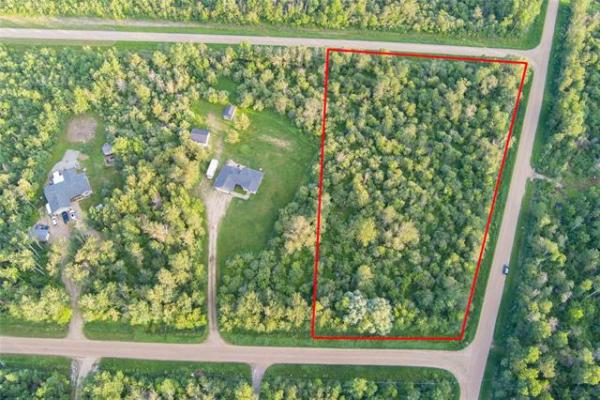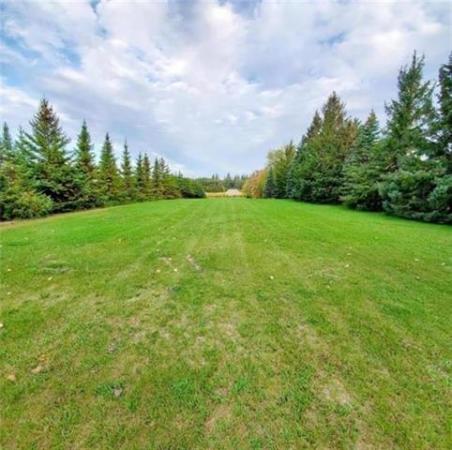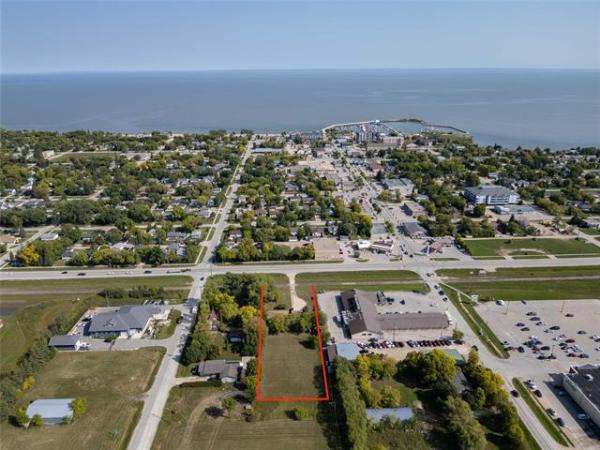Our kitchen is located on the main floor below the washroom. In the kitchen a stove, with a microwave positioned above it, is vented with a fan. Is the frost that collects on the soffit an indication of a venting problem? Is this possibly from the washroom, or the kitchen fan?
--Rita Toews, e-mail
ANSWER -- Upgrades to the exterior components of a home may appear to be primarily for esthetic reasons, but can also have effects on performance of the home, as you have experienced. I think the cause and solution to your problem should be very straightforward, but I will explore other possibilities, should the simple answer not be correct.
Installation of new manufactured siding and soffits can be a major improvement to the exterior of a home, especially if old wood siding and soffits are badly deteriorated or rotten. Caution must be taken to adequately assess the function of these old systems, prior to installation of the new material. Too often, contractors who specialize in these exterior components are not well versed in building science, and may cover up existing problems or mistakenly create new ones. Many types of old wood siding are designed to drain excess moisture that may get behind the siding due to wind-driven rain and melted snow. Also, this material may be quite "breathable" when compared to vinyl or metal siding. The original wall system was designed with this component in place and altering this with new coverings may prevent moisture from properly evaporating from this area.
If too much moisture is now being trapped behind the new siding, especially if it is insulated with a foam backer, it may be attempting to escape the wall and finding the perforated soffits as the only location for escape. Once out of the soffits, it may be freezing, creating the frost and ice you describe. While a possibility, I don't believe that this is the most likely source of the frozen moisture. Your question about the location of the kitchen and bathroom exhaust fans may yield a more realistic explanation.
Kitchen range hood and microwave exhaust fans often contain powerful motors that are required to blow heavy kitchen smoke and steam to the exterior. If the vent hood for this component is on the exterior wall below the soffit area, it could cause some frost on the window and soffit as the warm, moist air cools in its upward travels. Again, this is not normally responsible for this issue in a two-storey home, as the exhaust should dissipate or blow away before it hits these areas. The only other possibility of this creating the problems seen is if there is an opening, somewhere, in the connection between the vent hood and the ducting. This may have occurred if the hood was removed during the new siding installation and improperly reconnected. In that case, the steam may be escaping prematurely and getting trapped behind the new siding and creating the problem described in the first scenario, above.
The other possibility, which is the most likely, is that there is a problem with the upper bathroom exhaust fan system. In many homes your age the bathroom exhaust fans were vented out through a small metal register in the wooden soffits. This would have been easily visible on the old soffits, as these registers typically rust extensively from the bathroom moisture. The location of this final exit point for the bathroom fan was never a good idea, but the usual result was rotting of the old plywood soffits as the steam condensed quickly upon hitting the cold air in the soffits. If the installers of the upgraded metal soffits inadvertently covered up this register, without extending it through to the exterior, the trapped moisture is now showing up as frost and ice.
If the upper bathroom exhaust fan is not venting through the soffits, and a roof-mounted vent hood is seen above this area, there may be another answer for the frost. Many older bathroom exhaust fan ducts were poorly sealed and insulated inside the attic above. If the metal duct has rusted or become disconnected, the moisture from the exhaust fan will improperly escape into the attic. If this problem occurs near the shallow soffit area, condensation and heavy frost will develop on the underside of the roof sheathing. When this melts, on warm winter days, it will drip into the soffits, creating the ice you have seen.
With the cause of your problem almost certainly due to either of the last two possibilities identified with the bathroom exhaust-fan duct system, a trip into the attic is now warranted. Fortunately, the solution to either of these causes will be the same. If the existing ducting is leading toward the soffits, it should be immediately disconnected and rerouted upward to a new roof vent hood. Otherwise, ducts heading straight upward toward an old roof vent hood may be tested for defects by operating the fan while looking for leakage, with a flashlight, through the attic access hatch. Either way, installation of a new, roof-mounted vent hood and properly insulated ducting will stop the moisture from entering the soffit area.
Ari Marantz is the owner of Trained Eye Home Inspection Ltd. and the President of the Canadian Association of Home & Property Inspectors -- Manitoba (www.cahpi.mb.ca). Questions can be e-mailed or sent to: Ask The Inspector, P. O. Box 69021, #110-2025 Corydon Ave., Winnipeg, MB. R3P 2G9. Ari can be reached at (204) 291-5358 or check out his new website at www.trainedeye.ca.
trainedeye@iname.com



